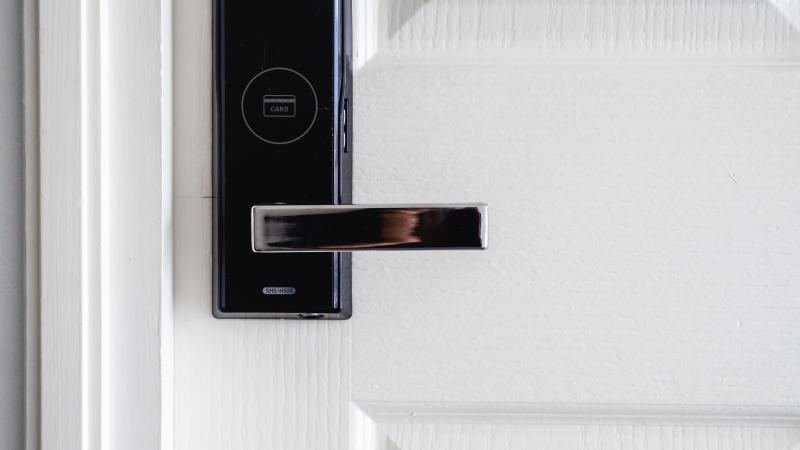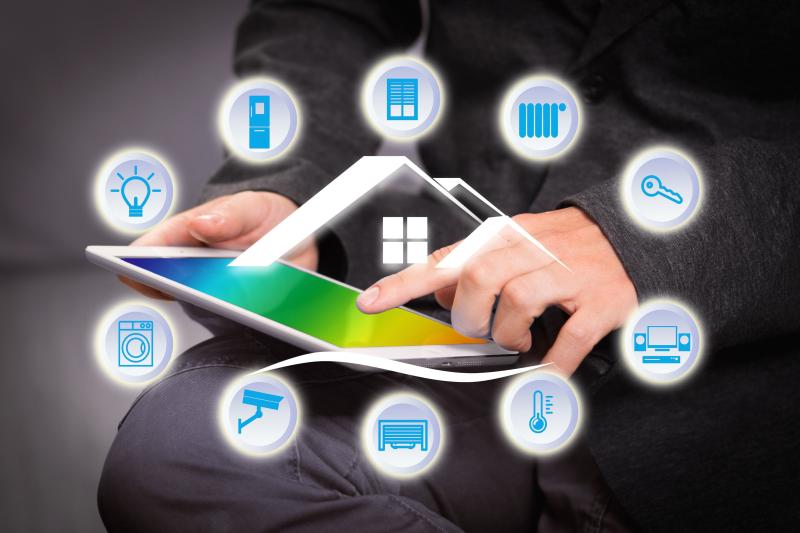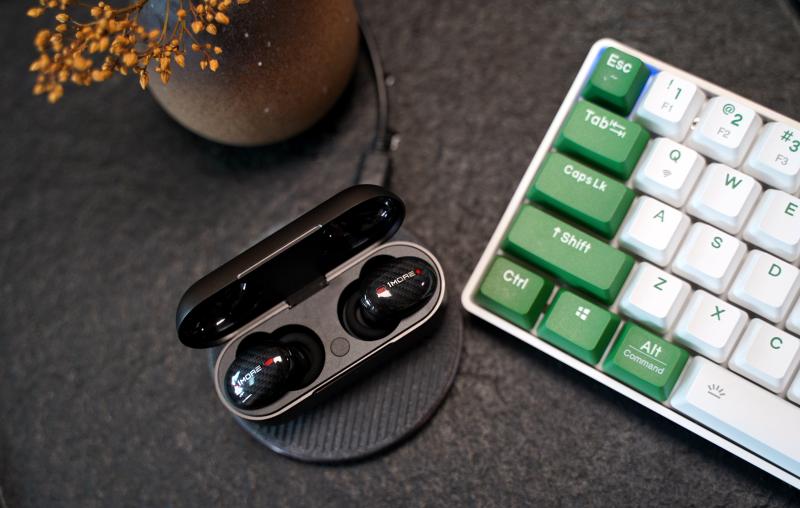When it comes to securing your home, choosing the right security devices is crucial. With so many options available, it can feel overwhelming. Start by assessing your specific needs. Consider factors such as the size of your home, the layout, and your daily routines. This will help you determine which devices will best protect your space and offer peace of mind.
One of the most popular options is a smart security camera. These devices allow you to monitor your home in real-time, whether you're at work or on vacation. Look for features like motion detection, night vision, and cloud storage, which can enhance your home security. You might also want to consider doorbell cameras, which alert you to visitors and package deliveries, all while allowing for two-way communication.
Another essential device is a smart alarm system. These systems can be customized to alert you of any unusual activity in or around your home. Many modern systems can be integrated with your smartphone, giving you control from anywhere. Additionally, smart locks provide an extra layer of security, allowing you to manage access to your home without the need for traditional keys.
Lastly, don't forget about environmental sensors. Devices that detect smoke, carbon monoxide, and water leaks can serve as vital parts of your home security. These sensors send alerts to your phone, helping you to take immediate action in case of an emergency. By combining these different smart tech solutions, you can create a comprehensive security system that not only protects your home but also enhances your overall quality of life.
Protect Your Home Network
In today’s digital age, protecting your home network is more important than ever. With the rise of smart home devices, ensuring a secure connection is crucial to safeguarding your personal information. Start by changing the default usernames and passwords on your router and devices. Many people overlook this simple step, but default credentials can be easily guessed by cybercriminals.
Next, consider enabling WPA3 encryption on your Wi-Fi network if your router supports it. This advanced security protocol adds an extra layer of protection, making it harder for unauthorized users to gain access. For those who still use older devices, WPA2 is a good option but ensure that your network is not using the outdated WEP protocol, which is far less secure.
Regularly updating the firmware on your router and smart devices is also essential. Manufacturers frequently release updates to fix security vulnerabilities and enhance performance. Set a reminder to check for updates once a month, or enable automatic updates if the option is available. This helps keep your devices secure and reduces the risk of potential threats.
Finally, consider setting up a guest network for visitors. This separates your smart devices from other users, limiting their access to your main network. By keeping your smart home devices on one network and guests on another, you minimize the risk of unwanted access. It’s an easy and effective way to protect your home network while still allowing friends and family to connect when they visit.
Monitor Your Property Remotely
With the rise of smart technology, monitoring your property remotely has never been easier. Imagine being able to keep an eye on your home while you're at work, on vacation, or even just running errands. Smart cameras and sensors allow you to view real-time footage from your smartphone, giving you peace of mind no matter where you are.
Many smart cameras come with features like motion detection and night vision, ensuring you're always aware of any unusual activity around your property. Some systems even send instant alerts to your phone, letting you know as soon as movement is detected. This proactive approach not only enhances your security but also helps you react quickly if something seems amiss.
In addition to cameras, smart doorbells offer a unique way to monitor your front entrance. These devices typically come equipped with a camera and two-way audio, allowing you to see and communicate with anyone at your door, whether you're home or not. This can be especially useful for receiving deliveries or ensuring that strangers are not lurking around your property.
Combining various smart devices creates a comprehensive home monitoring system. You can link cameras, doorbells, and motion sensors to a central hub that can be easily accessed via an app on your phone. With everything interconnected, you can have a complete view of your property and stay informed at all times, all while enjoying the convenience that smart technology brings to your life.
Enhance Safety with Smart Lighting
In today's world, ensuring the safety of your home has become more important than ever. One effective solution is the integration of smart lighting systems. These innovative technologies not only brighten your living space but also enhance security by deterring potential intruders. Imagine coming home to a well-lit driveway that automatically illuminates as you approach—this is just one of the many benefits smart lighting can provide.
Smart lighting systems are designed to be customizable and responsive. With features like motion sensors, you can program lights to turn on or off based on movement, creating the illusion that someone is home even when you're away. This is particularly useful when you are on vacation or working late. You can also set timers or schedules for your lights, so they turn on and off at specific times, further increasing your home's safety and making it appear occupied.
Moreover, smart lighting can be controlled remotely through your smartphone or tablet. This means you can adjust your home's lighting from anywhere, giving you peace of mind. If you’re running late, you can turn on the porch lights to welcome guests or make your home look occupied. Some systems even offer the ability to sync lights with other smart home devices, creating a comprehensive security network that works seamlessly together.
With smart lighting, you can also integrate features like color-changing options to signal changes in your home environment. For example, a red light can alert family members of an emergency while green can indicate everything is all clear. This adds an extra layer of safety that enhances communication within the home. By transforming your lighting into a smart and adaptive security feature, you're not just investing in convenience—you're investing in protection for your home and loved ones.


